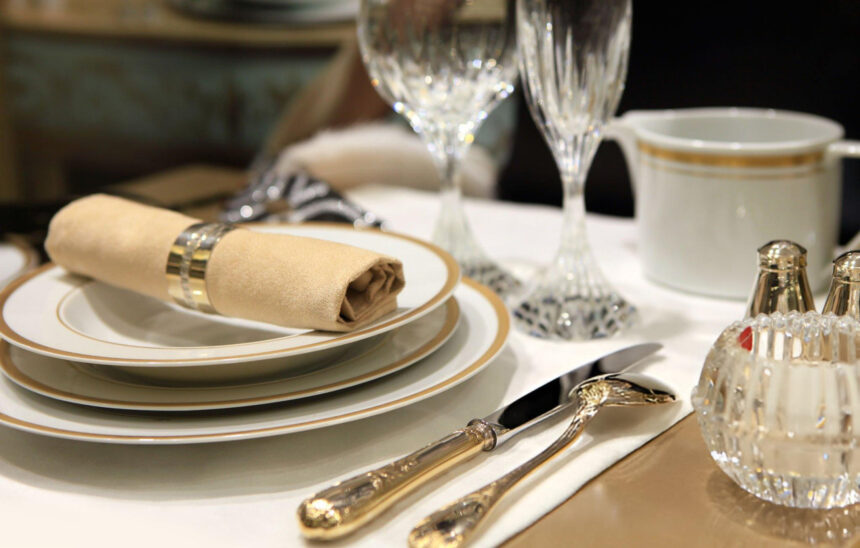When you travel internationally, knowing how to behave at the dinner table is just as important as packing your passport. Dining etiquette around the world varies dramatically, and what’s considered polite in one country could be rude in another. Whether you’re attending a business dinner in Japan or enjoying a home-cooked meal in Italy, understanding local table manners shows respect and enriches your travel experience.
In this blog, we explore global dining customs, cultural table manners, and the do’s and don’ts you need to know before picking up your fork — or chopsticks!
1. United States: Tipping is a Must
In the United States, tipping is a deeply ingrained part of dining culture. Here are some key points:
-
Tip 15% to 20% of the bill in restaurants.
-
Keep your hands above the table, not in your lap.
-
Don’t start eating until everyone has their food.
2. France: Dining is an Art
French meals are often long and leisurely. Dining etiquette includes:
-
No elbows on the table, but keep your hands visible.
-
Use bread to help push food onto your fork — not to bite into directly.
-
Wait for “Bon appétit!” before starting to eat.
3. Japan: Respect the Ritual
Japan has some of the most nuanced dining etiquette in the world:
-
Don’t stick chopsticks upright in rice — it’s associated with funerals.
-
Slurping noodles is acceptable — even encouraged!
-
Never point with or pass food using chopsticks.
4. India: Eat with Your Right Hand
Food is often eaten with the hands in India, especially in traditional settings.
-
Always use your right hand to eat — the left is considered unclean.
-
Washing hands before and after meals is customary.
-
Don’t waste food — finishing your plate is respectful.
5. Italy: Food is a Passion
In Italy, meals are meant to be savored.
-
Don’t ask for cheese on seafood — it’s frowned upon.
-
Avoid ordering cappuccino after 11 AM.
-
Bread is eaten plain or dipped in sauce, not with butter.
6. Middle East: Hospitality is Key
Many Middle Eastern cultures place a strong emphasis on sharing and generosity.
-
Always accept food when offered — refusing can be rude.
-
Wait for the eldest to start eating.
-
Use your right hand and avoid showing the soles of your feet under the table.
7. China: Follow the Hierarchy
In China, group dining is common and follows a set order:
-
Wait for the eldest person to begin before eating.
-
Turntable etiquette: Don’t spin the lazy Susan too quickly.
-
Avoid finishing your entire plate — it may signal the host didn’t provide enough food.
8. Thailand: Fork Is Not for Eating
Thai dining has its own subtle practices:
-
Use a spoon to eat, fork only to push food.
-
Don’t place your fork directly in your mouth.
-
Sharing dishes is common — order for the table, not just yourself.
9. Russia: Toasting and Tradition
Meals in Russia often include many toasts:
-
Wait for the host to make the first toast.
-
It’s polite to try everything served to you.
-
Keep your hands visible on the table.
10. Brazil: Casual Yet Courteous
Brazilian meals are lively and social:
-
Avoid eating with your hands unless it’s finger food.
-
Tipping is often included, but it’s nice to round up.
-
It’s normal to arrive late to a dinner party — up to 30 minutes.
Quick Global Table Manners Cheat Sheet
| Country | Do’s | Don’ts |
|---|---|---|
| Japan | Slurp noodles | Stick chopsticks in rice |
| France | Say “Bon appétit!” | Put hands in your lap |
| India | Eat with right hand | Touch food with left hand |
| USA | Tip 15–20% | Start eating before others |
| China | Follow eldest’s lead | Finish all food on plate |










